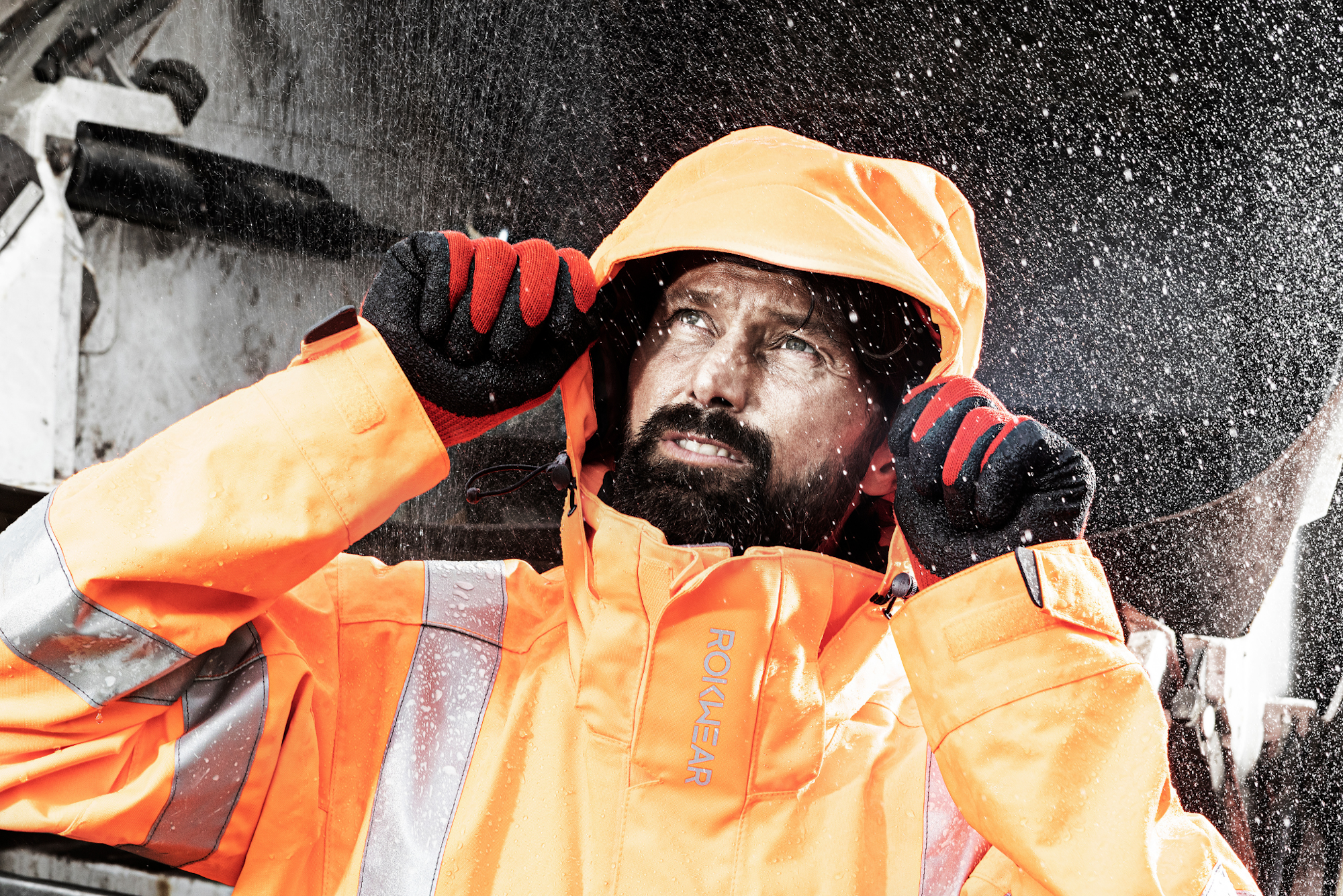
Insight
SMI's Christmas and New Year Operational Hours
Find SMI’s Christmas and New Year 2025–26 opening hours.
View head office closure dates, warehouse availability, and how to contact us during the holiday period.
6 minute read

The right waterproof clothing is key to keeping your team dry on the job.
Understanding different waterproof ratings helps you pick the best wet weather protection for your workforce.
Not sure if a 5,000mm waterproof rating is high enough?
Can’t decide if your team needs water-resistant or waterproof gear?
We’ve got you covered! We break down everything you need to know about waterproof ratings and wet weather PPE standards.
Waterproof ratings show how well a material keeps water out.
Measured in millimetres (mm), waterproof ratings show how much water pressure the fabric on the garment can withstand before leaking.
Here’s a comparison of different waterproof ratings:
From lightweight jackets to heavy-duty coveralls, waterproof ratings help you match clothing to your team's working conditions.
Waterproofing is measured using the Hydrostatic Head test. Put simply, it measures exactly how much water pressure a fabric can handle before water leaks through.
How the test is completed:
The Hydrostatic Head test is part of the ISO 811 standard for textile water penetration. While there are no legal guidelines, 1,500mm is often considered the minimum benchmark for water-resistant materials.

The EN 343 standard is the key benchmark for waterproof workwear in the UK. It doesn’t just test fabric, but the whole garment.
While the ISO 811 hydrostatic pressure test only measures how much water the fabric itself can withstand, EN 343 goes further.
It looks at:
This broader testing gives a more accurate picture of how the PPE will perform in real working conditions, not just in a lab.
Instead of millimetre ratings, waterproofs tested to the EN 343 standard are categorised into four classes: Class 1, Class 2, Class 3, and Class 4.
Each garment has two class ratings: one for water resistance and one for breathability.
Class 4:4 provides the highest protection.
Here’s what each class means:
Class 1 waterproofs are best for light showers and short wet spells.
Class 2 waterproofs are good for longer exposure in moderate rain.
Class 3 waterproofs are ideal for long hours spent working in heavy rainfall.
Class 4 waterproofs are designed for maximum protection, perfect for prolonged work in severe and persistent rain.

UK outdoor workers face wet weather all year round.
Make sure your team stays dry throughout every season with the right waterproof workwear.
Before ordering, consider:
Think about your team’s working day in detail to make sure you’re choosing the best waterproof PPE for the job.
TOP TIP: Choose waterproof and breathable workwear for team members performing strenuous tasks outdoors.
You need to provide waterproof PPE to all members of your team who are exposed to wet work conditions.
Industries that often need waterproof PPE include:
Stay compliant with the waterproof standard by providing PPE to team members working in rain, snow, and fog. Remember that you need to consider humidity, too.
Even without rain, moisture-repellent clothing helps in humid workplaces.
Waterproof PPE keeps your team dry and protected from head to toe.
Switch to SMI to easily order all of your waterproof workwear in one place.
We stock over 25,000 products, including waterproof coveralls, jackets, trousers, and water-resistant footwear.
Order before 5PM for next-day delivery.
Give us a call on 0330 441 3500, or drop us a message today.
Clothing with a 3,000mm waterproof rating will keep you dry in light rainfall.
For heavier rain or longer exposure, outdoor clothing with a higher rating is a better choice.
To check if a jacket is waterproof, look for:
Make sure to read the product description and check that it meets the EN 343 standard.
Find high-quality and compliant waterproof jackets in the SMI shop.
For heavy wet weather protection, make sure you choose clothes with a waterproof rating of 10,000mm or above.
Clothing with this rating will keep you dry in heavy rain and snow. The higher the rating, the longer you’ll stay dry in poor weather conditions.

Insight
Find SMI’s Christmas and New Year 2025–26 opening hours.
View head office closure dates, warehouse availability, and how to contact us during the holiday period.

Insight
Explore the Q3 2025 CEO blog: new products, ESG initiatives, MY-SMI®, and the people driving our success.

Insight
Stay warm, visible, and protected this autumn.
Explore outdoor wear, hi-vis, safety footwear, hand protection, and workplace comforts - now with interactive clickable codes.